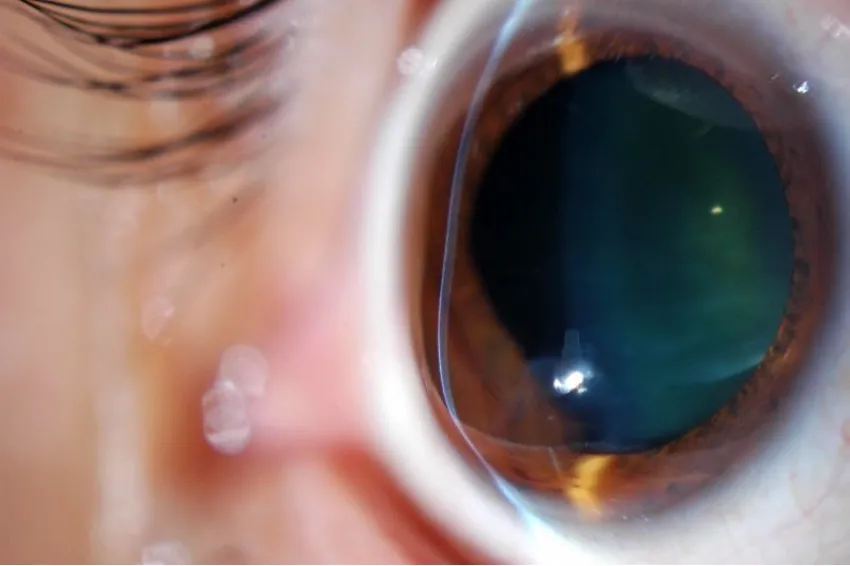
Pioneer application of the CAIRS technique, which can avoid corneal transplantation in keratoconus patients
Our clinic in Alicante, Vissum Grupo Miranza, has applied the innovative CAIRS (Corneal Allogenic Intrastromal Ring Segments) technique for the first time in our country, enabling a patient with advanced keratoconus to avoid corneal transplantation and improving their vision from 5% to 60%.
This innovative, minimally invasive corneal surgery was described for the first time barely five years ago and is now successfully performed in countries such as the United States and Australia. It has now reached Spain and is performed by Dr Jorge Alió del Barrio, corneal specialist at Vissum Grupo Miranza.
According to Dr Alió del Barrio, “CAIRS is an evolution of the technique to implant intrastromal rings that we currently use to treat some cases of keratoconus. The difference is that conventional rings are made of synthetic material, whereas those used in CAIRS are obtained from a donor’s corneal tissue and, therefore, are entirely biocompatible”.
This not only reduces the risk of implant rejection, but also means that the implant, which is custom-made for each patient, is better integrated and remains more stable in the eye. This means that it does not move or wear over time due to friction between the synthetic material and the ocular surface, which could lead to lesions or infections.
“Patients with severe cases of keratoconus or with very thin corneas who were not previously eligible for intrastromal rings due to the high risk of implant extrusion (expulsion) can now have the CAIRS procedure, a technique that rules out this risk almost entirely”, indicates Dr Alió del Barrio. He adds, “for these people, the only alternative until now was the transplant. In the case of the first patient to receive the CAIRS treatment in Spain, however, he did not want a transplant and chose CAIRS because he had lost his other eye due to trauma”. One month after surgery, his vision (without glasses) in the operated eye went from only being able to count fingers to a visual acuity of 60%, almost reaching 90% with optical correction.
CAIRS is a stitchless, reversible surgery with fast recovery times and the improvements can be seen the very next day. The procedure is performed in the operating theatre assisted by the ultra-precise femtosecond laser, a ground-breaking piece of equipment for the centre in Alicante to perform selective corneal transplantations.

Effective treatments for patients with keratoconus
Keratoconus is a disease that leads to vision loss due to the thinning of the cornea which, instead of being spherical, becomes cone-shaped. Despite this being the main cause of corneal transplantation in young patients, there are a great many steps before reaching the transplant stage.
Sometimes, especially adapted glasses or contact lenses are merely required whereas, if the disease progresses, surgery might be necessary. Both conventional intrastromal rings and CAIRS are implanted to regularise the corneal surface and compensate for any visual impairment, although they do not stop the evolution of keratoconus. They can therefore be combined with other techniques, such as crosslinking, which is based on “hardening” the cornea to prevent it from further deforming.
For more severe cases in which the patient has already lost much of their vision, the treatment often involves corneal transplantation. “Surgical precision today enables us to perform selective transplants, which no longer mean that the entire cornea has to be replaced, but instead only the affected layers. This involves a lower risk of rejection and patients recover much more quickly”, concludes the specialist from Vissum Grupo Miranza.